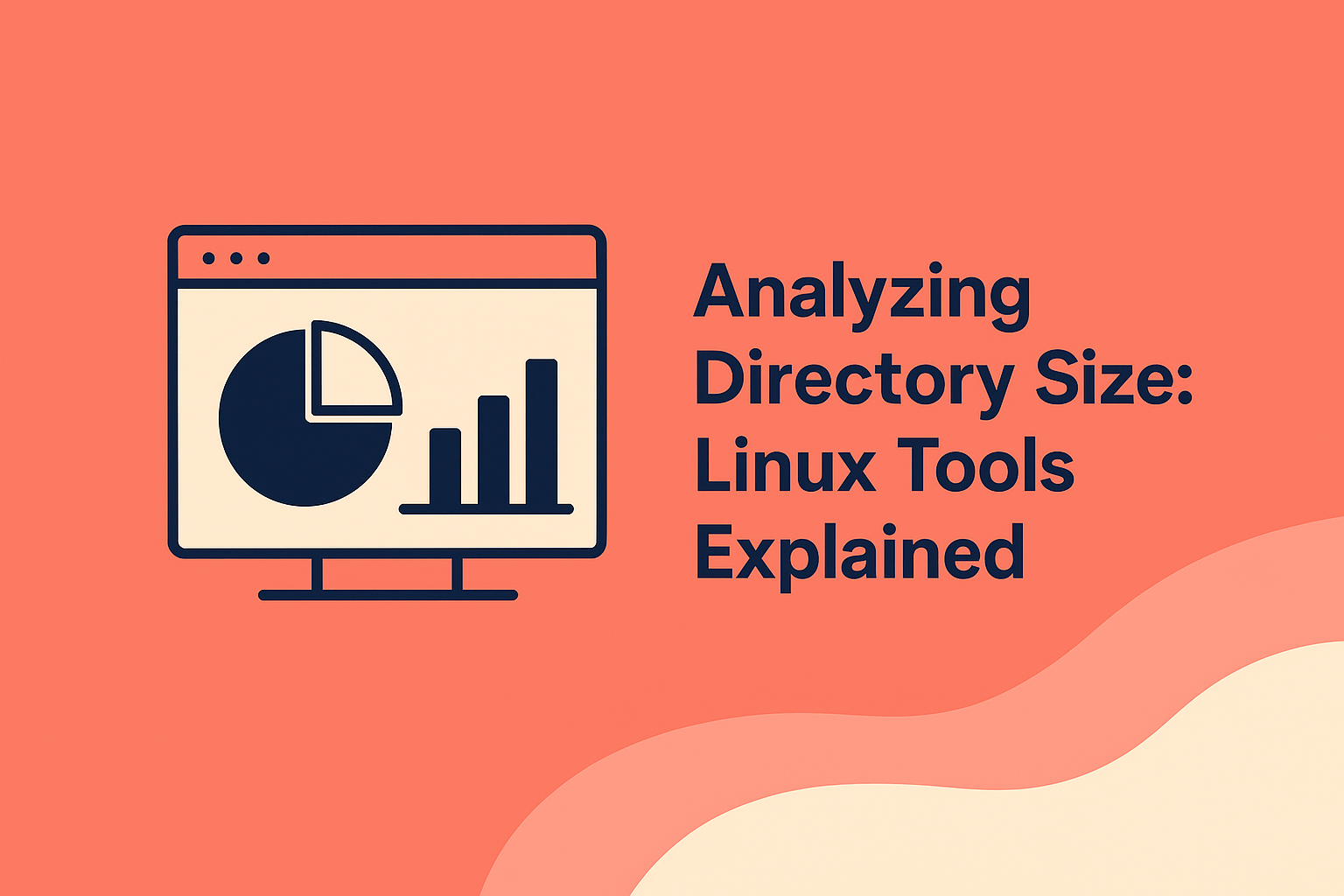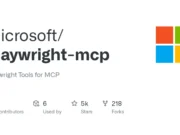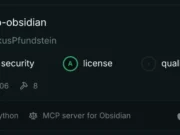This package has been deprecated, and is not being maintained by MSFT anymore.
This library helps you retrieve the most frequently extracted metadata and icons within iOS, Android and UWP applications.
Usage
Import
import { Extract } from 'app-metadata';usage
let results = await Extract.run(pathName);Results
The library will return the information most relevant for the supported platforms. For a better understanding of the details retrieved refer to the tables below.
iOS
Supported extension: .ipa| Property | Description |
|---|---|
| icon | |
| iconName | |
| languages | Array of language strings compiled from .lproj files |
| hasProvisioning | Should always be true since IPA will contain a provisioning profile |
| appex_provisioning_profiles | Array of all other provisioning profiles included in the metadata |
| Property | Description |
|---|---|
| displayName | CFBundleDisplayName (The user-visible name of the bundle) or CFBundleName (short bundle name) |
| uniqueIdentifier | CFBundleIdentifier (reverse DNS that identifies a project by concatenating the company identifier with the product name) |
| version | CFBundleShortVersionString (The release-version-number string for the bundle) |
| buildVersion | CFBundleVersion (The build-version-number string for the bundle) |
| executableName | CFBundleExecutable (Name of the bundle’s executable file) |
| minimumOsVersion | MinimumOSVersion or LSMinimumSystemVersion |
| deviceFamily | UIdeviceFamily |
| Property | Description |
|---|---|
| pathName | Path of the provisioning profile from inside of the IPA |
| mobileProvisionFileContent | Provisioning profile content |
| teamIdentifier | Entitlements[“com.apple.developer.team-identifier”] |
| profileType | If data.ProvisionedDevices exists, “adhoc”. Otherwise “enterprise” |
| expiredAt | expired_at or ExpirationDate |
| idName | AppIDName |
| name | Name |
| UniqueDeviceIdentifierList | ProvisionedDevices |
| deviceFamily | Platform |
For more information click here.

















